 |
 |
 |
 |
 |
 |
|
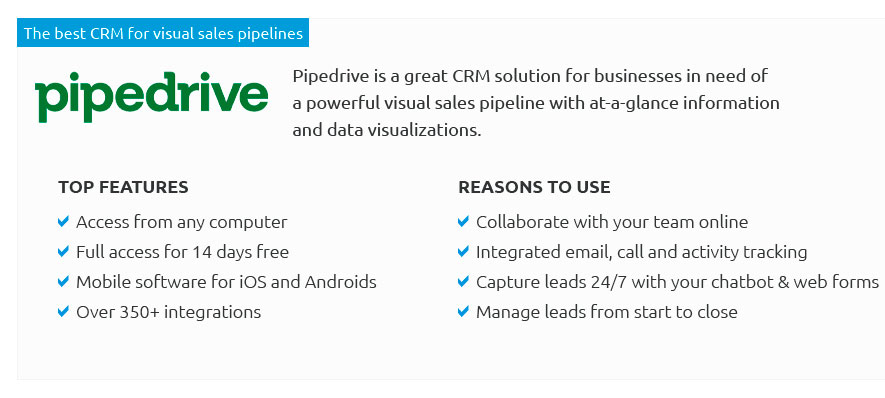 |
|
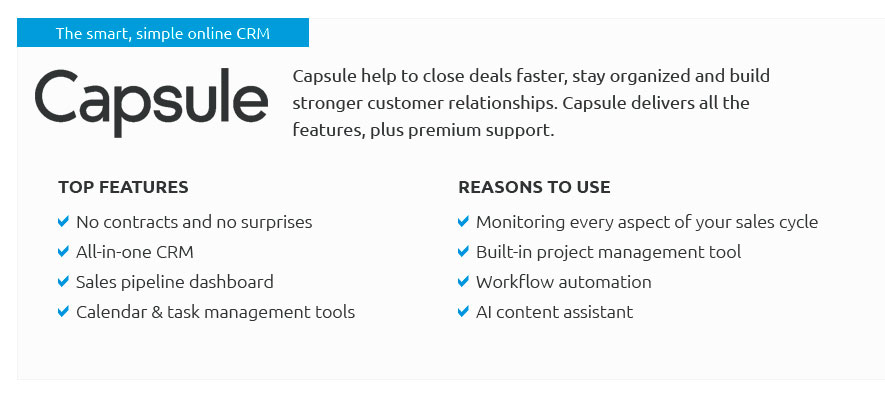 |
|
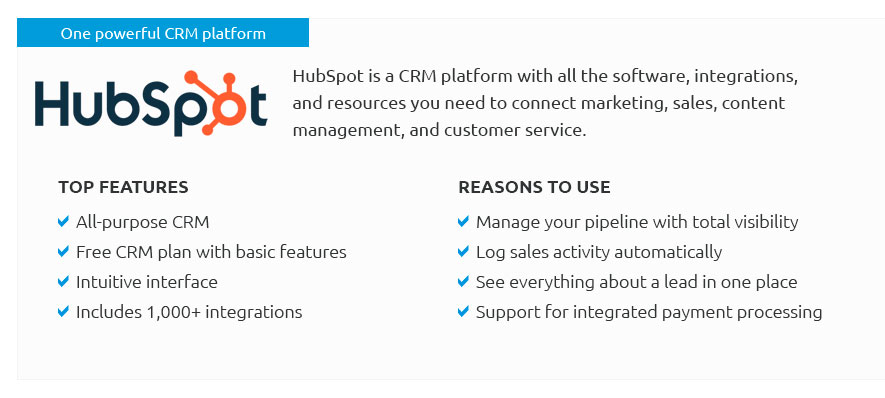 |
|
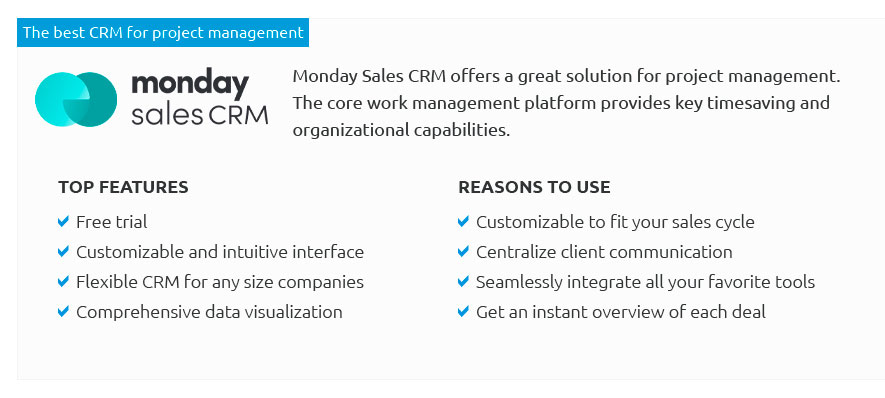 |
|
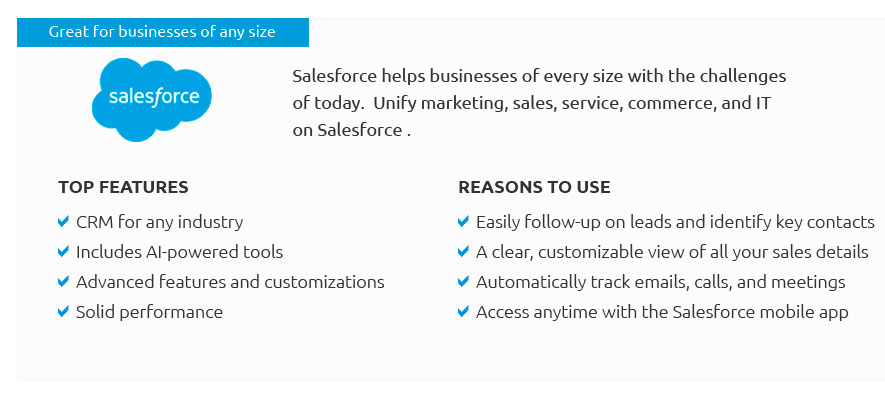 |
|
 |
 |
|
6u6xk95b6 Discover the game-changer in customer relationship management with our comprehensive CRM software review, where we dive deep into the best CRM platforms that are revolutionizing businesses worldwide; whether you're looking to enhance your sales pipeline or streamline customer interactions, our expert insights empower you to build a CRM that fits your unique needs, propelling your business into a new era of efficiency and growth – because in a world where customer connections are everything, settling for anything less than the best simply isn't an option.
https://www.nutshell.com/blog/custom-crm-drawbacks
A custom CRM, also known as a homegrown CRM, is a CRM platform built from the ground up by in-house software developers or a contracted development team. https://budibase.com/blog/tutorials/how-to-build-a-crm/
We're looking at an alternative approach, as we explore how to build a lightweight, custom CRM system from scratch using Budibase. https://www.youtube.com/watch?v=PtUU6bk5xkI
In this video, I'm going to teach you how to build a custom CRM in minutes, without any coding! CRMs (Customer Relationship Management) are ...
|